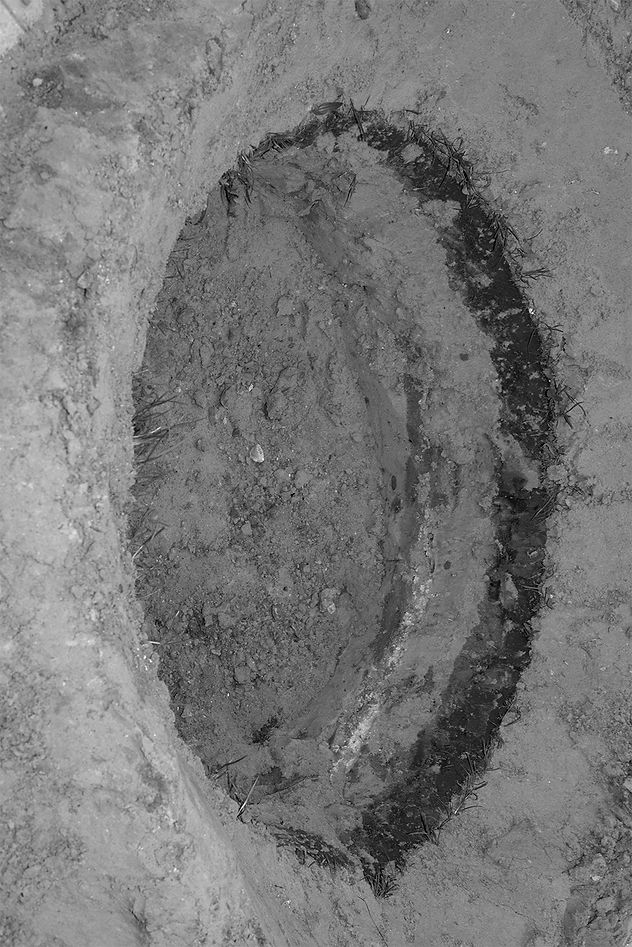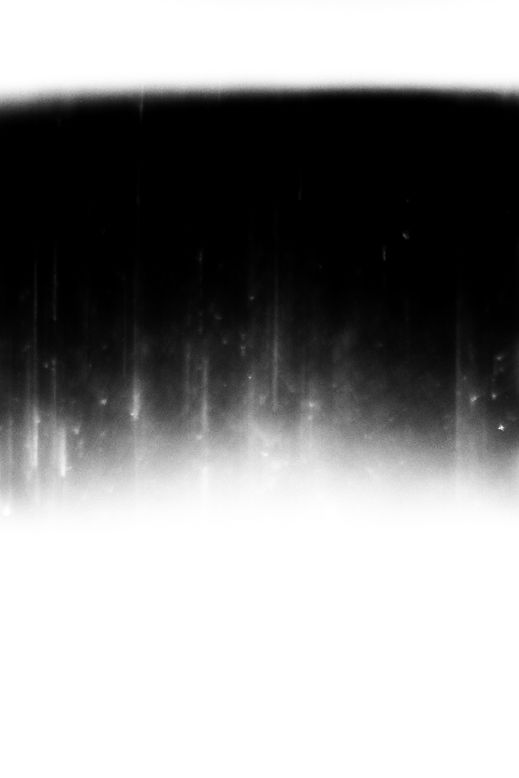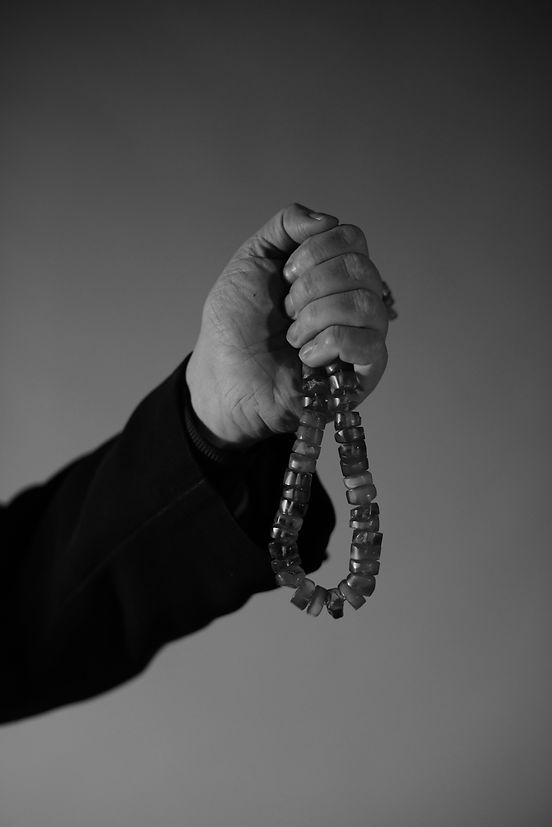INTERVIEW WITH KATYA YANOVA
by Alice Oliver
Katya Yanova is a Moscow-based visual artist whose work investigates the nature of sensory experience through the notion of the contemporary human as being vulnerable and emotionally unstable. She focuses her practice on people's perception of reality and explores the collective sensorial experience, revolving around fact and fiction within photography.
The founder of SOLA Journal, Alice Oliver, discusses with Katya about her unique body of work, Lacuna, which is a reflection on the absence of communication between individuals of various ages, languages, emotional backgrounds, and cultural backgrounds.

AO: Could you tell us a little bit about your early life, where did you grow up and how did that environment shape you and subsequently your practice?
KY: I was born in a small provincial town with typical buildings in the central part of Russia. I went to school where classrooms were in a woeful condition and played after school by jumping between garages. The school was a rather conservative environment, all students wore uniforms from the Soviet past. Teachers often humiliated the children, and the children humiliated those who were weaker. There, for the first time, I began to realise how great the distance between people could be in the form of misunderstanding and non-acceptance.


AO: Can you tell me a bit about how your photographic practice started? What were some elemental moments in your photographic education that helped or hindered the shaping of your practice?
KY: After school, I moved to Moscow and got an education as an environment designer. We studied a lot of drawing, painting, and art history. That's where my passion for photography began. I then had a break for a few years and searched for a visual language. When I was 24, I found a Fine Art photography school with people close to me, and only then I began to believe in myself as a visual artist. After that, I completed a course at Docdocdoc School of Contemporary in Photography Experiences of Modern Photography and I am now studying at the Rodchenko School of Photography and Multimedia. Besides photography, I am interested in working with other media - installation, sound, and video.

AO: Can you tell us a bit more about your body of work Lacuna and the starting point for this project?
KY: Since childhood, I have been bothered by misunderstandings between people, even those closest to me. Communication is the primary function of language and is essential for humans. Whether in one's family, one's social group, or when interacting with others, a human acquires a system of vocal, verbal, graphic, or gestural signs to express a thought or feeling. Like any system, language has lacunae, wobbles, and 'gaps.' The gaps inspired me to create this project. I got interested in the linguistic term lacuna which means lack of a word in one language but exists in another. Don't you find that even in one language there are many omissions or deficiencies that block understanding between people? Between different age groups or political and religious authorities, etc. Is it possible to communicate without distortion?


AO: Was Lacuna a new step within your practice or something that evolved out of earlier concepts or themes that you had worked with in the past?
KY: Lacuna is my first photo project where I built my system of symbols and metaphors. Before that, my work was more documentary. Visual language consists of signs that allow the author to express himself and the viewer to understand the meaning of the image through a certain narrative. This language is not universal and has its shortcomings, often of cultural origin.

AO: Was Lacuna a new step within your practice or something that evolved out of earlier concepts or themes that you had worked with in the past?
KY: Lacuna is my first photo project where I built my system of symbols and metaphors. Before that, my work was more documentary. Visual language consists of signs that allow the author to express himself and the viewer to understand the meaning of the image through a certain narrative. This language is not universal and has its shortcomings, often of cultural origin.

AO: How did the pandemic and lockdowns affect your photographic practice, were you still able to produce your work as before or has your practice evolved from these limitations?
KY: The pandemic was a very difficult period, both emotionally and photographically. I suspended all my personal shoots and at one point decided to take photos through Zoom. Self-isolation brought new norms, limitations, and challenges for each social classes. Daily routine and thoughts became a collective ritual. Feeling an intense connection, I decided to create my visual diary, through the eyes of others, observing their daily lives. The project involved online people from different cities in Russia who, like me, were at home during the pandemic.

AO: Some photographers prefer to work with photobooks and publications, while others feel that exhibiting their work is the most effective way to resolve and expose their work. Based on your own personal practice, what do you think suits your work best, and how have you come to this conclusion?
KY: I am equally close to working in book/zine art as I am to exhibiting a project in the form of an exhibition. Both options involve a different interaction with photography, in which you can work with rhythm, format and consistency.
A book is a more intimate interaction with images, it can be viewed at any convenient time and place. A book can travel the world and can be presented as a gift.
But in the space of an exhibition, you can build your own amazing climate, and work with light, sound, objects and even smells. Also, the live communication and creative atmosphere during the opening are incomparable.


AO: As a woman photographer, do you have any advice to offer others on gaining exposure and making a name for yourself, in what is considered quite a male-centric industry?
KY: Support each other more and create an accessible, artistic community. The more people are initiated into the context of contemporary art, the faster the market, exhibition activity, and grant system of support will develop.

AO: Finally, please can you share with us some of your favourite photobooks or bodies of work that have influenced my practice?
KY: I love the book "Moisés is not dead" by Mariela Sancari. I was also influenced by Joanna Piotrowska and Tereza Zelenková.

